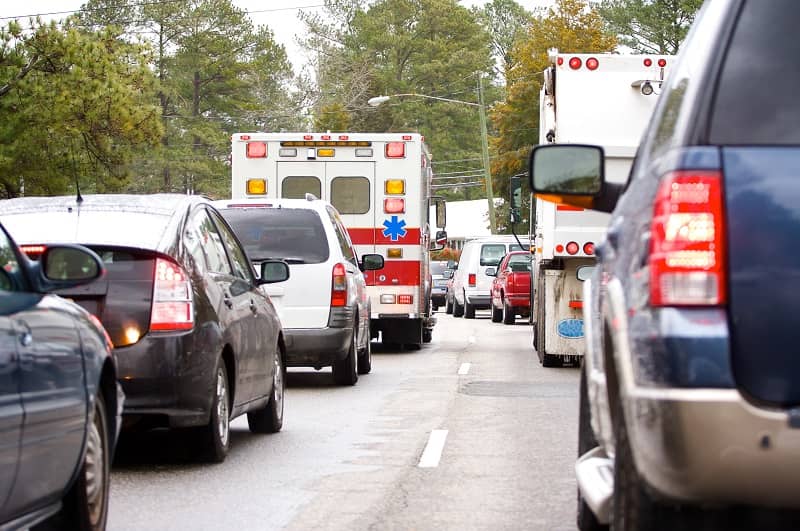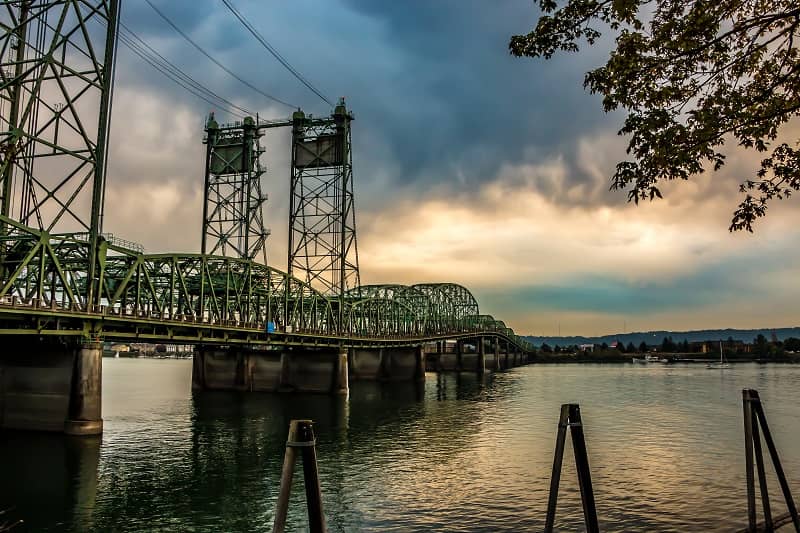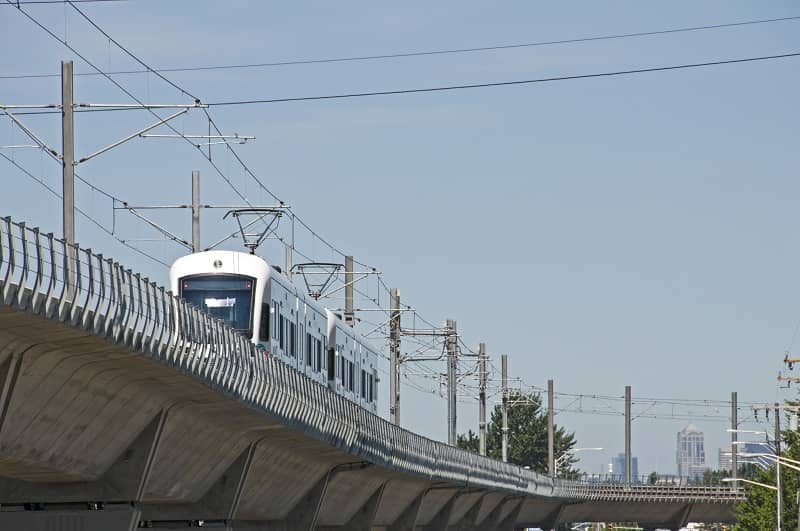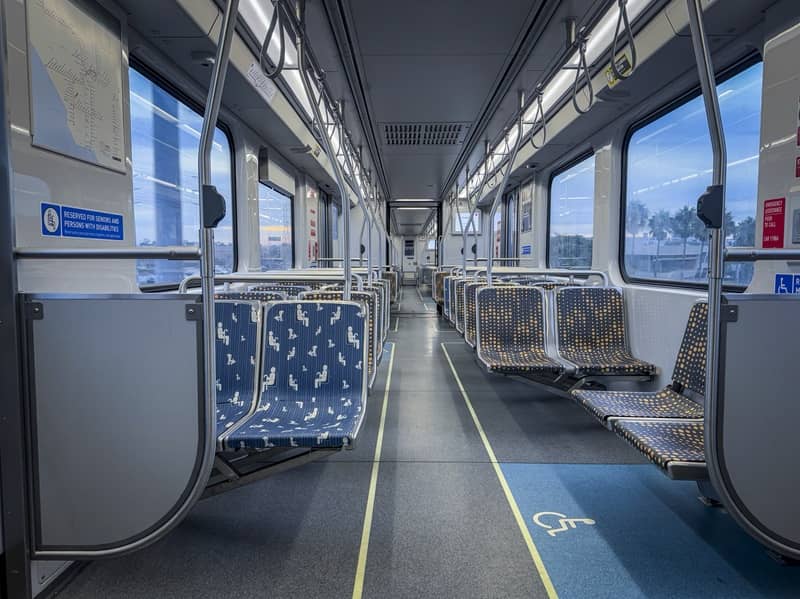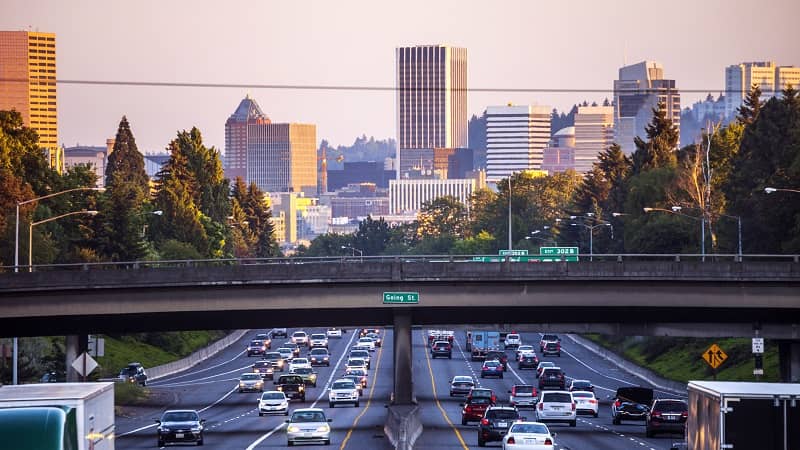

TriMet Board Meeting is currently considering which would be a thumbs up to move forward with the Milwaukie Light Rail project as planned. John Charles provided the below testimony in response to this resolution. This resolution is scheduled for Wednesday.
****
Members of the Board:
Resolution 10-11-57 must be considered within the context of TriMet’s current financial crisis.
There are two major cost drivers for TriMet: employee compensation and capital projects. Most of you can say that the payroll costs you now face were negotiated years ago and you have simply inherited the problem. However, if you approve this resolution and commit yourselves to new light rail service at a construction cost of $210 million per mile, you will own the problem. And I see no way of solving your financial crisis if you have unsustainable costs in both operations and capital expansion.
On the other hand, if you terminate Milwaukie LR you have at least a possibility of escaping a meltdown because you will have payroll tax rate increases going into effect each January through 2024 that were designed to pay for the cost of the Green line and Milwaukie LR. Without PMLR, much of the new money could be reallocated.
You were told at the Board retreat last week that the new payroll tax money was restricted by the legislature for use on new rail projects, but if you read the actual text of SB 34 from the 2009 legislative session, available at here, you will see that no mention is made of where the money has to go. And that money is significant, as estimated by your finance department (in millions):
FY 2013: $ 28,838
FY 2014: $ 37,622
FY 2015: $ 46,355
FY 2016: $ 52,952
FY 2017: $ 60,144
FY 2018: $ 67,976
FY 2019: $ 76,499
Total: $370.4 million
(Source: Page 241, 2011 budget document, “payroll tax rate increase to .8218% in January 2013)
With $370 million in future receipts diverted from an unnecessary rail project, you could gradually restore transit service and begin paying down your $1.08 billion unfunded liability for pensions and OPEB.
In addition, Metro and JPACT have allocated $210.8 million of regional flexible funds to TriMet over the next 15 years in support of PMLR and several other related projects such as the WES and rail planning for SW Portland (see the one-page summary attached as a PDF). Roughly $172 million of that is reserved just for the Milwaukie project, and will be used to pay off bonds TriMet is planning to sell in early 2012. That money can be reallocated by Metro/JPACT to other transportation projects (such as restoring frequent bus service) if light rail is cancelled.
As you ponder this option, you might logically ask: “If we don’t build light rail, how could we improve service to Milwaukie?” Fortunately, there are reasonable answers. Simply running express bus service from Milwaukie to Portland would provide much better service than MAX ever will, because MAX is local-only. With premium service, you could charge premium fares; CTRAN already recovers 70% of operations cost on their express buses simply by charging more, and customers willingly pay it.
Alternatively, the Los Angeles Metro Rapid is a semi-express version of bus service that now covers nearly 400 miles of routes and was built out at a capital cost of only $100,000 per mile. I tested that system in August and it could easily be implemented in Milwaukie as well as other places within the TriMet service district.
At the upper end of the cost scale, the highly regarded Bus Rapid Transit (BRT) line in Eugene, known as the Emerald Express, was built for only $6 million per mile. While that was probably over-priced for the local market, it is still much cheaper than a $210 million per mile light rail line.
Finally, you should be aware that special service districts in Clackamas County (police, fire, schools, etc) are very concerned that the use of tax increment financing to pay for Urban Renewal takes money out of their general fund. The Clackamas County board is promising $25 million for light rail, but they don’t have the money; it will all have to come from Urban Renewal. As soon as any plan is put forward to do that, the special districts will collect signatures to put it on the ballot for a public vote. What is the likelihood that county residents will choose light rail over police, fire and schools? The most recent TriMet bond measure failed in Clackamas County by a 40-60 margin.
This is a fiscal and political disaster waiting to happen. You should walk away while you still can and start using the new payroll tax revenue for actual transit “needs”; light rail is a “want” that we can do without.
